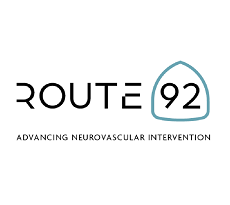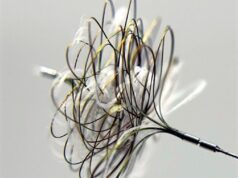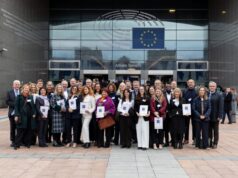 Route 92 Medical announced today that it has obtained CE-mark approval under the EU Medical Device Regulation (MDR) 2017/745 for its innovative line of neurovascular, stroke intervention-focused products. Concurrently, the company also announced clearance under the Medical Device Single Audit Program (MDSAP), which gives broad access to international markets.
Route 92 Medical announced today that it has obtained CE-mark approval under the EU Medical Device Regulation (MDR) 2017/745 for its innovative line of neurovascular, stroke intervention-focused products. Concurrently, the company also announced clearance under the Medical Device Single Audit Program (MDSAP), which gives broad access to international markets.
“Securing EU MDR certification for our portfolio of reperfusion systems opens the door to entering the European market, and can lower the regulatory barriers to enter other new markets,” said Tony Chou, Route 92’s founder and chief executive officer (CEO). “Navigating the EU MDR certification process was a significant challenge, requiring compliance with an extensive framework of regulations and guidance documents, as well as extensive communications with our notified body. This approval represents a critical milestone in our progress towards becoming a global player in the neurovascular intervention market. While our focus today is the USA, we can now work toward commercialising our products in Europe.”
Route 92 notes in today’s press release that its products are covered by a global portfolio of more than 100 patents—and that its recently secured regulatory authorisation covers the majority of the company’s products, including the HiPoint 70/Tenzing 7 reperfusion system; HiPoint 88/Tenzing 8 reperfusion system; FreeClimb 70/Tenzing 7 reperfusion system; FreeClimb 88/Tenzing 8 reperfusion system; and Base Camp sheath system.
“European clinicians welcome the availability of additional, high-quality tools to support neurovascular procedures and treat acute ischaemic stroke,” said Francesco Massari (Boston University Medical School, Boston, USA), who trained in Rome, Italy. “Leveraging the power of its Tenzing catheters, Route 92 Medical’s products offer clinicians new and improved ways to atraumatically advance through the challenging-to-navigate neurovasculature to reach and remove clots, without the need for guidewires and crossing the clot, thus facilitating efficient procedures and robust first-pass effect.”










